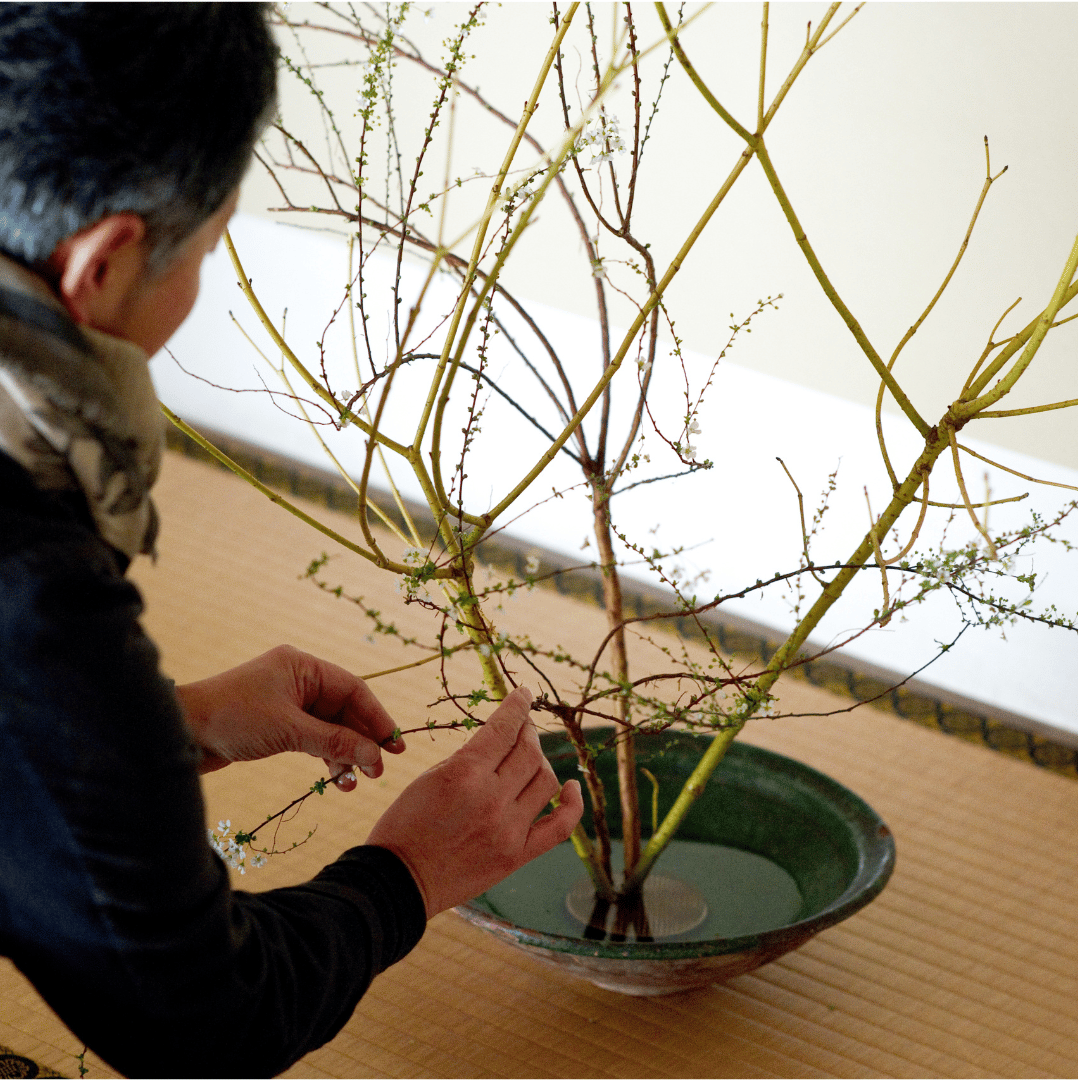
A Beginner’s Guide to Ikebana
Share
Ikebana, the centuries-old Japanese art of flower arranging, is a practice that combines nature, creativity, and mindfulness. Unlike Western floral design, which often focuses on volume and color, ikebana emphasizes minimalism, balance, and the graceful use of line and space. Whether you want to deepen your connection with nature or explore a new creative outlet, this guide will introduce you to the essentials of ikebana and help you get started.
1. Understanding the Philosophy of Ikebana
At its core, ikebana is about more than simply placing flowers in a container. It is a meditative art form that invites you to observe nature carefully, appreciate impermanence, and create harmony between the materials, the container, and the surrounding space.
Key principles include:
- Harmony (Wa): Achieving balance between elements, including flowers, stems, leaves, container, and empty space.
- Respect (Kei): Showing reverence for nature and materials used.
- Simplicity (Kanso): Using minimal elements to express beauty without excess.
- Asymmetry (Fukinsei): Embracing irregularity and natural imperfections to evoke interest and life.
- Seasonality (Shiki): Choosing flowers and branches that reflect the current season.
These concepts guide every arrangement, making ikebana both a creative and spiritual practice.
2. Essential Tools and Materials
Tools:
- Kenzan (Flower Frog): A metal base with sharp pins used to hold stems securely in place.
- Scissors or Shears: For precise cutting of stems and branches.
- Tweezers: Helpful for adjusting delicate elements.
- Container: Often shallow and simple, made of ceramic, glass, or lacquered wood.
Materials:
- Flowers: Select fresh flowers, focusing on those in season.
- Branches and Leaves: Woody or leafy elements provide structure and line.
- Other natural elements: Such as grasses, berries, or seed pods.
3. Basic Ikebana Structure: The Three Main Elements
Traditional ikebana arrangements often follow a triangular structure representing heaven, humanity, and earth:
- Shin (Heaven): The longest and most dominant element, symbolizing the sky or spiritual realm.
- Soe (Humanity): The secondary element that complements Shin, representing mankind.
- Hikae or Tai (Earth): The shortest element grounding the arrangement.
These three parts work together to create balance and harmony.
4. Popular Ikebana Styles
- Rikka: The oldest style, formal and elaborate, representing natural landscapes.
- Shoka: A simpler, more modern style focusing on three main branches.
- Moribana: Uses shallow containers with a kenzan, allowing a more natural and open arrangement.
- Nageire: A free-form style, often using tall containers and a more spontaneous approach.
6. Tips for Beginners
- Find a local Ikebana expert! You can find instructors near you at ikebanancar.org/.
- If you can't find instructors near you, we've put some of our favorite videos in this YouTube playlist.
- Start simple. Focus on three or four elements to understand balance and line.
- Practice patience and mindfulness — ikebana is as much about the process as the result.
- Study nature closely — observe how branches and flowers grow and interact with space.
- Experiment with different containers and materials to find your personal style.
Final Thoughts
Ikebana invites you to slow down, see beauty in simplicity, and create art that honors the natural world. As you practice, you’ll discover a deeper connection to the changing seasons and a more mindful way of living.
If you're just getting started with Ikebana, you can use code SAVE15 to save 15% on your first kenzan order on our shop!
